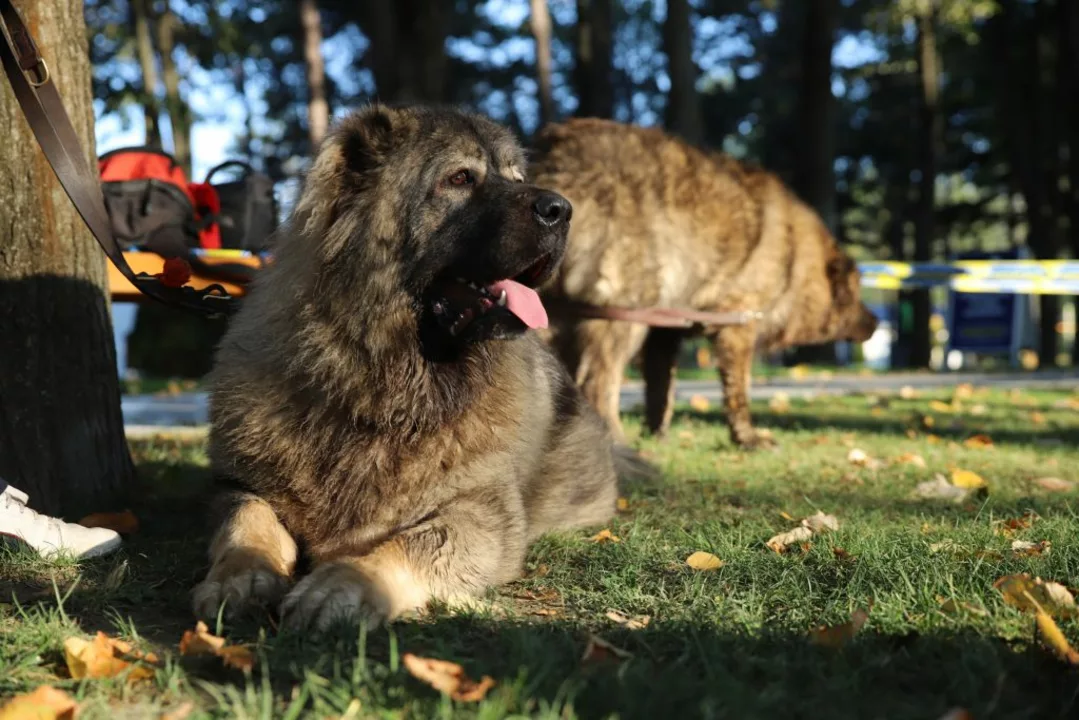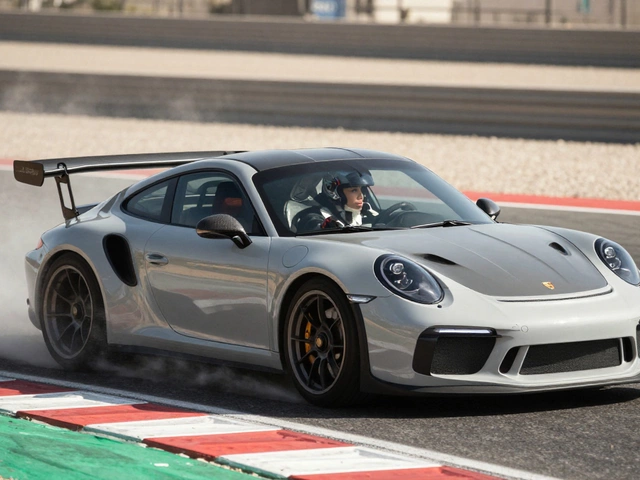April 2023 Rally Hub Archive – What We Covered This Month
April was a busy month at Earls Barton Rally Hub. We shared practical advice for drivers, dug into why rally isn’t huge in the US, and even talked about caring for big dogs. Below is a quick rundown of the stories you could read, plus a few take‑aways you can use right now.
Rally Driving Tips & Trivia
Two posts answered the classic handbrake question. First, we explained that the handbrake helps start a slide, tighten a turn, or shut the car down fast in an emergency. Knowing when to pull it can shave seconds off a stage and keep the car stable on loose gravel. The second handbrake piece dug deeper, describing how pulling the brake shifts weight to the front, letting you control over‑steer and corner tighter. If you’re practicing on a local club stage, try a gentle pull on a low‑speed bend and feel the car’s rear dip – that’s the handbrake at work.
We also compared how drivers remember a course versus relying on a navigator. Seasoned pros often memorize key landmarks and anticipate changes, while newcomers trust the co‑driver’s pace notes. The takeaway? Even if you’re new, listening closely to your navigator and noting recurring markers will build your own mental map faster.
For newcomers wondering, “What is rally racing?” we broke it down to the basics: off‑road or public‑road stages, modified cars, and a race against the clock rather than direct wheel‑to‑wheel contact. The sport mixes speed, car control, and strategic pacing – a blend that makes every stage feel like a puzzle.
Beyond the Track: Pets & Global Rally Scenes
Our archive isn’t just about cars. We posted a deep dive into caring for a Caucasian Shepherd. These massive, protective dogs need daily exercise, early socialisation, and a balanced diet. If you’re thinking of adding one to your family, be ready for a strong‑willed companion that thrives on structure and space.
Another pet‑related article tackled mixed‑breed dogs in obedience competitions. While many clubs prefer purebred registration, some organisations welcome mixed breeds if they’re registered with a universal body. Competing can boost a dog’s confidence and social skills, proving that pedigree isn’t the only path to success.
On the rally front, we explored why rally racing isn’t as popular in the US. A lack of organized events, higher costs to prep a rally‑ready car, and limited public awareness all play a part. Still, the scene is growing, with more clubs forming and fans discovering the thrill of stage racing.
Lastly, we gave a quick guide for anyone in India wanting to join a car rally. You need a valid Indian driver’s licence, a vehicle that meets safety specs, and a local rally club to connect you with events. Once you’re signed up, expect checkpoints, timed sections, and a lot of teamwork.
All these posts together paint a picture of a vibrant community that loves fast cars, tough dogs, and the spirit of adventure. Whether you’re fine‑tuning your handbrake technique, looking after a big canine, or just curious about rally culture around the world, April’s archive has something for you.

How difficult is it to take care of a Caucasian Shepherd?
Taking care of a Caucasian Shepherd is no easy feat. Due to the breed's large size and strength, it requires an experienced and dedicated pet parent to provide the necessary exercise and training. The breed is also known to be protective, making it important to socialize early and properly. Additionally, grooming should be done regularly and the diet should be closely monitored to ensure the canine stays healthy and happy. With the right approach, a Caucasian Shepherd can make a loyal and loving companion.
read more
